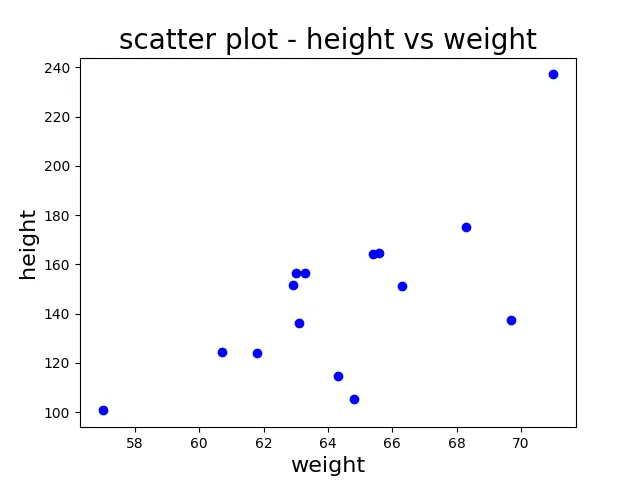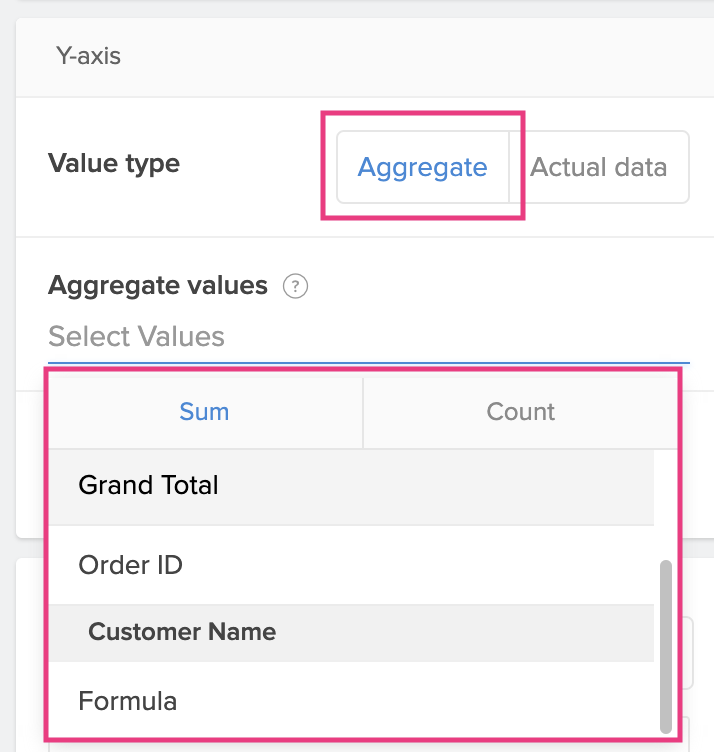
This displays the Chart Tools, adding the Design, Layout, and Format tabs. Under Bubble, click Bubble with a 3-D Effect. On the Insert tab, in the Charts group, click Other Charts. For more information, go to Save a custom chart as a template. You can save the chart as a template that you can use as the basis for other similar charts. (Hover over each theme to see a preview of how the theme will appear when applied to your chart.) On the Page Layout tab, in the Themes group, click Themes.Ĭlick the theme that you want to use. If you want to use theme colors different from the default theme that is applied to your workbook, do the following: On the Format tab, in the Shape Styles group, click the More button next to Shape Effects. To apply a special formatting effect to the plot area, chart area, chart title, or vertical axis of the chart, click that chart element, or select it from a list of chart elements ( Format tab, Current Selection group, Chart Elements box), and then do the following: Under Number, in the Decimal places box, type 0 (zero), and then click the down arrow in the upper-right corner, and click Close. In the Format Axis dialog box, click Number. On the Format tab, in the Current Selection group, click Format Selection.įor Maximum, type the number that you want. Select the Axis Title text box, and then enter your text.įor our bubble chart, we typed Number of products.Ĭlick the vertical axis, or select it from a list of chart elements ( Format tab, Current Selection group, Chart Elements box). Select Axis Titles, and then select Primary Horizontal. To add a horizontal axis title, click the chart area of the chart, and then do the following: To align the chart title with the plot area, click the chart title, and then drag it to the position that you want. To reduce the size of the chart title, right-click the title, select Font, and then enter the size that you want. In the chart, click the chart title, and then type the text that you want.įor our bubble chart, we typed Industry Market Share Study. To format and position a chart title on the chart, click the chart area, and then do the following: To change the size of the chart, on the Format tab, in the Size group, select the shape size that you want in the Shape Height and Shape Width box, and then press ENTER.įor our bubble chart, we used 3.5" for both shape height and shape width. If you see a legend on the chart, click the legend, and then press DELETE. Under Chart Tools, on the Design tab, in the Chart Styles group, click the chart style that you want to use. Select the bubble with the 3-D effect icon.Ĭlick the chart area of the chart. On the Insert tab, in the Charts group, click the arrow next to Scatter Charts.

If you select the headings with your data, the chart may produce incorrect results. Note: It is best not to include row or column headings in the selection. When you create a bubble chart, you can choose to display bubbles in 2-D format or with a 3-D effect.

Scatter charts use sets of x values and y values, but bubble charts use sets of x values, y values, and z values.
#Scatter chart creator series#
Multiple data series Plotting multiple data series in a bubble chart (multiple bubble series) is similar to plotting multiple data series in a scatter chart (multiple scatter series). These values can be in rows or columns on the worksheet, but they must be in the following order: x value, y value, and then z value. Three values per data point Three values are required for each bubble. In this bubble chart, the number of products is displayed along the horizontal axis, the sales amounts are displayed along the vertical axis, and the market share percentages are represented by the size of the bubbles.Ĭonsider using a bubble chart when your data includes the following: For example, organize your worksheet data as shown in the following picture. To create a bubble chart, arrange your data in rows or columns on a worksheet so that x values are listed in the first row or column and corresponding y values and bubble size (z) values are listed in adjacent rows or columns. Different bubble sizes are useful to visually emphasize specific values.

Bubble charts are often used to present financial data. The sizes of the bubbles are determined by the values in the third data series. You can use a bubble chart instead of a scatter chart if your data has three data series that each contain a set of values.


 0 kommentar(er)
0 kommentar(er)
